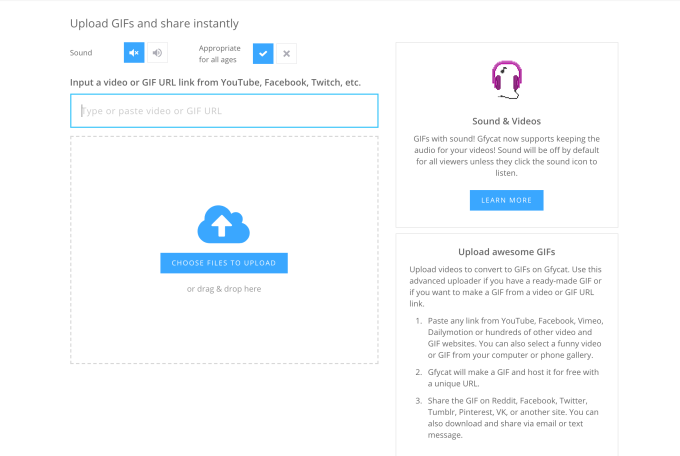One of Silicon Valley’s prominent billionaires is in hot water after funding deceptive social media campaigns with echoes of Russia’s own political playbook. Reid Hoffman, who co-founded LinkedIn in 2003 and is now a partner at Greylock, footed the bill for a small political project with the aim of getting Democrat Doug Jones elected in 2017’s special election. Now, Hoffman is sorry — but he also maintains that he didn’t know where his money ended up.
It’s not clear what impact the project had in successfully electing Jones, but internal documents reveal that the effort known as Project Birmingham “experimented with many of the tactics now understood to have influenced the 2016 elections.” Those tactics are now widely regarded as both politically and professionally toxic as tech companies — most notably Facebook — continue to face intense scrutiny over their role in facilitating the spread of disinformation meant to influence U.S. political behavior.
As The New York Times reported:
The project’s operators created a Facebook page on which they posed as conservative Alabamians, using it to try to divide Republicans and even to endorse a write-in candidate to draw votes from Mr. Moore. It involved a scheme to link the Moore campaign to thousands of Russian accounts that suddenly began following the Republican candidate on Twitter, a development that drew national media attention.
In a statement following reporting from The New York Times and The Washington Post, Hoffman did not dispute the assertion that he funded the efforts, but denied any knowledge of the controversial tactics themselves.
“I want to make it clear from the outset that I had never even heard of this project before reading about it in the Times’ coverage,” Hoffman said in the statement, published to Medium. “The Times articles imply that I had knowledge of it and that I endorsed its tactics. Let me be absolutely clear: I do not.”
Hoffman went on to disavow the use of political disinformation intended to influence the outcome of an election.
“I would not have knowingly funded a project planning to use such tactics, and would have refused to invest in any organization that I knew might conduct such a project,” Hoffman said. “Nevertheless, I do have an apology to make and have learned a lesson here.”
In his Medium post Hoffman describes how he became more politically active after the 2016 U.S. presidential election. He recounts how he funded dozens of political and civic engagement organizations in conjunction with a group called Investing in Us. “Our goal is to identify promising organizations and provide them with resources to accelerate positive change,” Hoffman said.
Many of those investments appear to be uncontroversial, including contributions to the Center on Rural Innovation and an organization called Opportunity at Work which helps connect Americans with job opportunities. As Hoffman explains, his entanglement in the Alabama Senate race came about through his choice to fund a group called American Engagement Technologies (AET):
One of the early organizations that we supported was American Engagement Technologies (AET), a group which sought to develop technical solutions to counteract fake news, bot armies, and other kinds of digital manipulation and disinformation, and to use social media and data analytics to increase civic engagement and improve access to accurate information about candidates and issues.
AET, in turn, provided funding to a group called New Knowledge. Through AET or otherwise, I have never personally authorized or directed any funding to New Knowledge. I — regretfully — do not know why AET chose to support New Knowledge or for what specific purposes, if any, this funding was allocated.
To reiterate yet again, I find the tactics that have been recently reported highly disturbing. For that reason, I am embarrassed by my failure to track AET — the organization I did support — more diligently as it made its own decisions to perhaps fund projects that I would reject.
Though Hoffman’s post did not specify an amount, The Washington Post reported that Hoffman invested $750,000 in AET. The group is helmed by Mikey Dickerson, a former Google engineer who served as the founding director of the USDS during Obama’s presidency.
Earlier this week, Facebook suspended the account of Jonathon Morgan, the head of New Knowledge. Morgan previously acknowledged that he set up a misleading Facebook page to test his ability to engage with conservative voters and bought less than $10 worth of Twitter retweets for the same goal. Morgan characterized this undertaking as “small-scale” and told The Washington Post that these efforts were made only in “his own capacity as a researcher seeking to understand the mechanics of disinformation tactics, not as New Knowledge’s leader.”
Last week, Doug Jones articulated his support for a federal probe into the role the disinformation tactics could have played in his successful Senate bid. Hoffman also expressed his support for a federal investigation.
“We cannot permit dishonest campaign tactics to go unchecked in our democracy — no matter which side they purportedly help,” Hoffman said.







